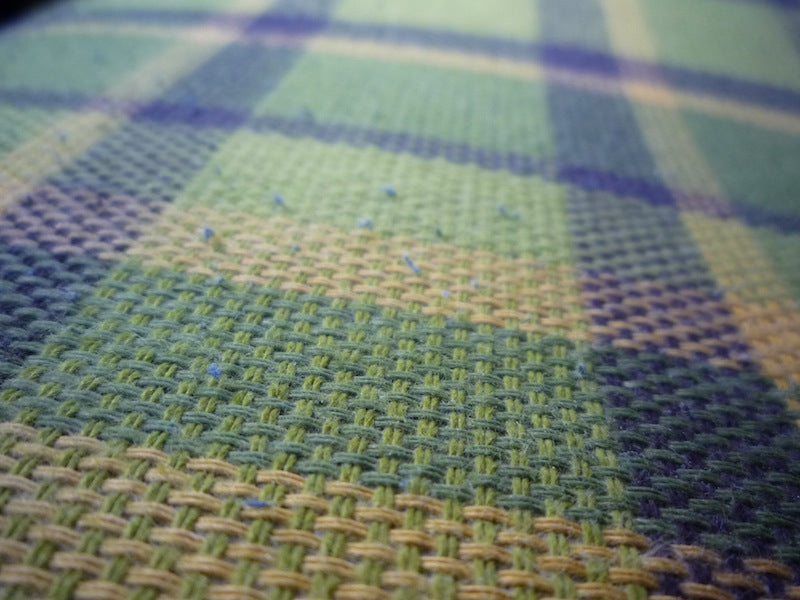
How to Remove and Prevent Couch Fabric Pilling
|
|
|
Time to read 2 min
|
|
|
Time to read 2 min
Couch pilling refers to the formation of small fiber balls on the surface of fabric. This occurs due to abrasion on the sofa fabric and is often viewed as an unattractive issue on furniture.
Loose fibers naturally tend to move to the fabric's surface, where friction causes them to twist together into small balls. These balls, or pills, often include fibers still attached to the fabric, anchoring them to the material.
Friction occurs during regular use as people rub against the fabric, and during laundering, as washing machines agitate the fabric, causing surfaces to rub together.
Pilling is more noticeable on man-made fibers because natural fabrics shed loose fibers more easily and less noticeably. In contrast, man-made fibers are stronger, making the pills more firmly anchored to the fabric.
It's important to understand that pilling is not a defect or fault in the fabric and is not covered under warranty. It is similar to the shedding that occurs with new carpet; just as new carpet releases loose fibers for the first few months, new furniture fabric will do the same. This is completely normal and will diminish once the excess fibers are gone.
Consumers sometimes worry that couch pilling indicates the fabric is wearing away or disintegrating, but this is not the case. Pilling is a normal result of wear and tear and does not impact the fabric's durability or functionality. Additionally, it is easily removable.
The quickest and most cost-effective solution is to use a battery-operated pill shaver. These small, inexpensive devices are readily available at most sewing stores or in the sewing section of large department stores. Alternatively, a pill comb is also effective and accomplishes the same task manually.
If pilling reoccurs, it can simply be shaved off again. This may happen several times, but the pilling will lessen and eventually stop once the excess fibers are removed.
Since all fabrics will pill to some extent, this should not be a primary concern when selecting upholstery fabric.
However, some couch fabrics are less prone to pilling. Certain fabrics are treated or coated during manufacturing to adhere excess fibers to the surface. Others undergo a singeing process that quickly burns away excess surface fibers.
Smooth, tightly woven fabrics and those made from tightly twisted yarns are less likely to pill because the fibers are securely held in the cloth. When a fabric is made from a blend of fibers, such as polycotton, where one fiber is strong and the other is weak, pilling is more noticeable. The weaker fiber breaks while the stronger fiber holds the pills to the cloth.
Ultimately, if your furniture develops pills, don't be alarmed. It is easily remedied and does not indicate poor-quality fabric.
Your cart is currently empty.
Start Shopping

